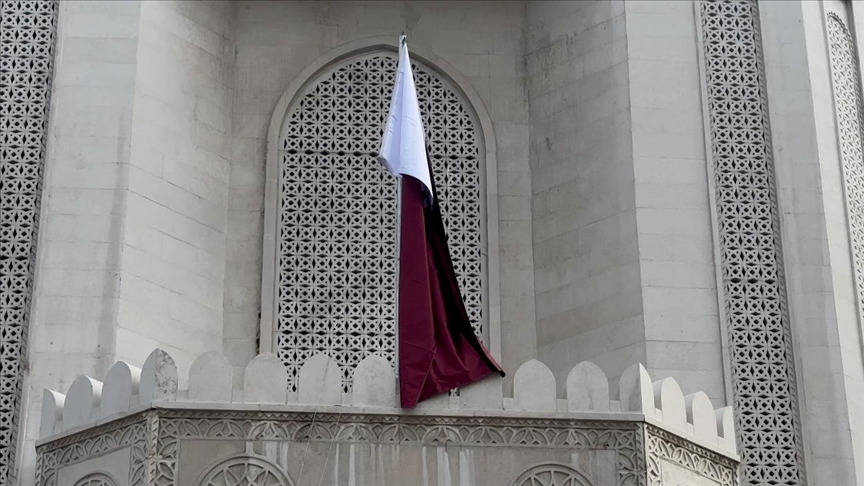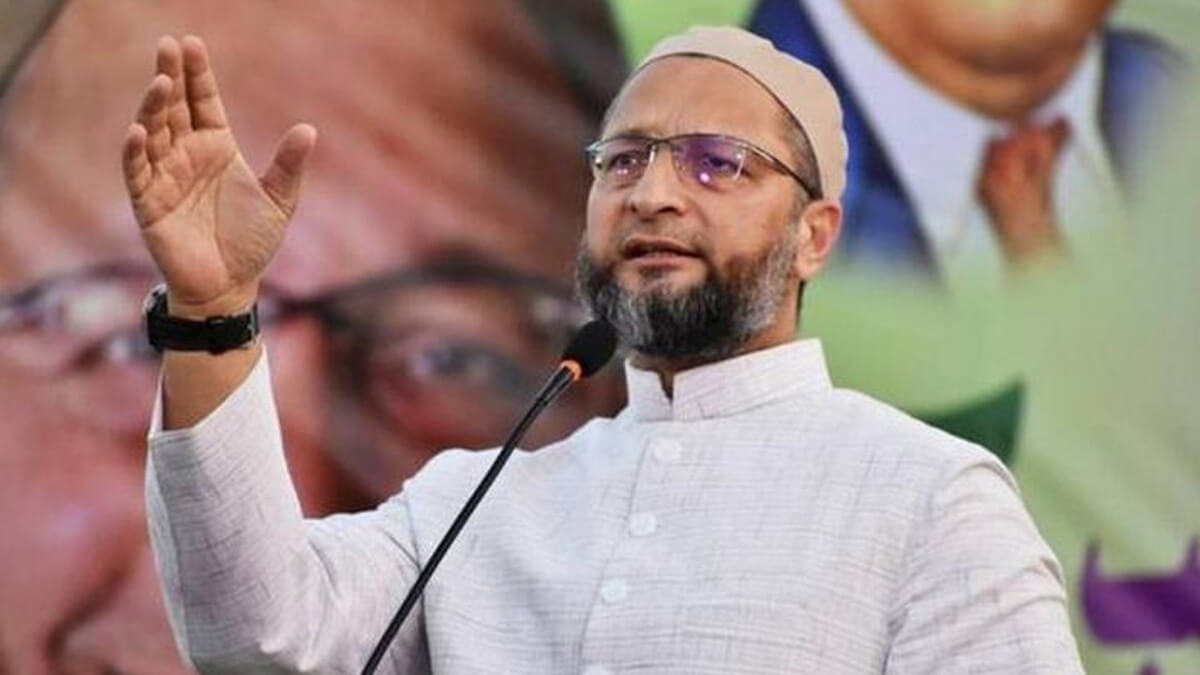U.S. pushes for ceasefire in Gaza amid high tensions
Fri 23 Aug 2024, 10:25:24

This week, the spotlight is once again on the Middle East, where tensions remain high and the United States is deeply involved in efforts to bring about peace. U.S. Secretary of State Antony Blinken has just concluded his latest diplomatic mission to the region—his ninth visit in a bid to broker a ceasefire between Israel and Hamas in Gaza. The stakes are incredibly high, and as Blinken himself put it, “time is of the essence” to secure this fragile ceasefire.
Blinken, along with mediators from Egypt and Qatar, is working on what’s being called a ‘bridging proposal’. This plan aims to establish an initial six-week ceasefire. During this period, a small number of Israeli hostages, specifically women, the elderly, and the sick, would be released in exchange for Palestinians currently held in Israeli prisons.
The
hope is that this temporary truce will pave the way for more comprehensive negotiations, which could eventually lead to the return of soldiers and the remains of the deceased, the withdrawal of Israeli forces from Gaza, and the return of displaced Palestinian civilians to their homes.
hope is that this temporary truce will pave the way for more comprehensive negotiations, which could eventually lead to the return of soldiers and the remains of the deceased, the withdrawal of Israeli forces from Gaza, and the return of displaced Palestinian civilians to their homes.
It’s important to remember that Israel has formal diplomatic ties with five Middle Eastern and North African countries: Bahrain, Egypt, Jordan, Morocco, and the United Arab Emirates. The 2020 Abrahamic Accords marked a significant step in normalising relations between Israel and these nations, despite their often complex and fraught histories. The United States, with its extensive ties across the Middle East, has played a key role in mediating these relationships, serving as a critical bridge in regional diplomacy.
No Comments For This Post, Be first to write a Comment.
Most viewed from International
Most viewed from World
AIMIM News
Owaisi hails SC order on Places of Worship Act
Dec 13, 2024
AAP Corporator Tahir Hussain joins AIMIM party
Dec 11, 2024
BJP-SP two sides of same coin: Asaduddin Owaisi
Nov 19, 2024
Latest Urdu News
Most Viewed
May 26, 2020
Do you think AAP will perform better in Delhi polls without alliance?
Latest Videos View All
Like Us
Home
About Us
Advertise With Us
All Polls
Epaper Archives
Privacy Policy
Contact Us
Download Etemaad App
© 2024 Etemaad Daily News, All Rights Reserved.

.jpg)
.jpg)
.jpg)







.jpg)
.jpg)
.jpg)
.jpg)
.jpg)
.jpg)
.jpg)
.jpg)
.jpg)
.jpg)
.jpg)
.jpg)
.jpg)















